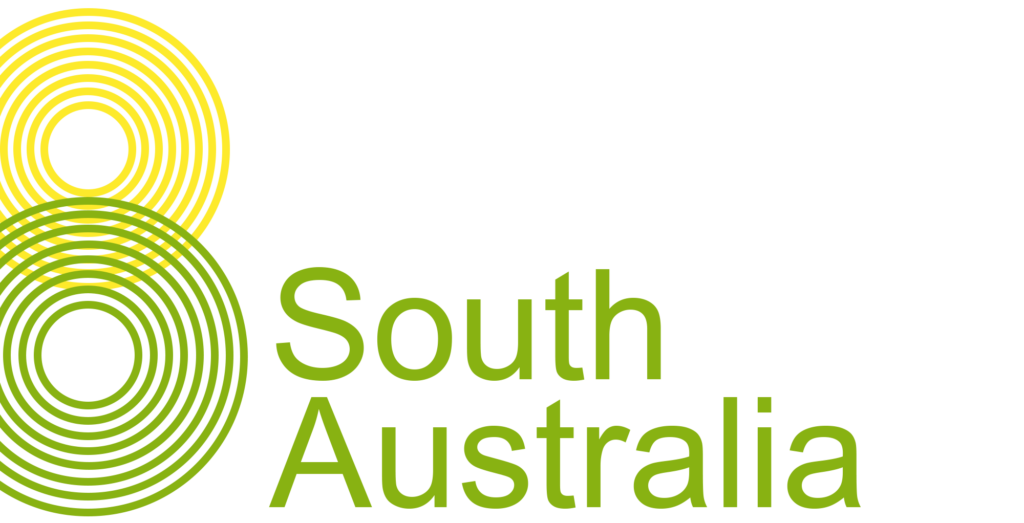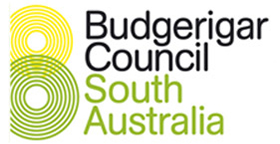
Violet Budgerigar | Purple Budgies
While the origins of the first Normal Violet Budgie (Budgerigar) breeding are not entirely clear, it is believed that these budgies arose simultaneously in multiple locations, leading to confusion about who deserves credit. Importantly, it first appeared in Australia during the early 1930s but took some time to spread among breeders. There is a possibility that the first purple budgies were first identified as a Cobalt variety in England and Australia.
Bergman from Sydney hypothesizes in an article that the mutation might have first appeared in wild-trapped birds. He notes the close resemblance between Violet Light Greens and Dark Greens, as well as between Violet Skyblues and Cobalts. This similarity leads to frequent confusion. Bergman then shifts focus to history. He suggests that in the 1920s, breeders might have unknowingly raised Violet Light Greens with Dark Greens. They didn’t realize these were genetically distinct varieties. Finally, Bergman theorises that the Violet factor, like the Dark factor, probably came from wild-caught birds. He speculates that some “Dark Greens” caught in the wild were actually Violet Light Greens.

Image Courtesy of Rod Turnbull and the ANBC
Purple Budgies Appearing On The Show Bench
Mr. Burton of Sydney bred Violets before Harold Peir presented them in 1934. By 1936, exhibitors were showing them in Newcastle, New South Wales, and they featured in Victorian aviaries. Often referred to as purple budgies, the violet budgie mutation is stunning. Like the Grey factor, the Violet factor is a dominant gene that is a colour intensity modifier. When combined with the Greens and Blues, it makes birds of a slightly different hue than the original. Consequently, there are Violet Light Green, and so forth. The darker the base colour, the deeper the purple colouration of the budgie.
Violet Budgerigar | Purple Budgies Identification
The exhibition Normal Violet budgie is the Cobalt form according to The Standard. As the name suggests, it has a violet rump and underparts which are solid and uniform shade throughout. Furthermore, it features a white face and clean white forehead. Additionally, the back and wing coverts (upper & under), are black with clearly a definable white outlining. Moreover, they are free from any intrusion of body colour or ‘bloom’.

The deep and wide mask (not cleft) extends beyond two large cheek patches. Six large symmetrical and clearly defined throat spots feature on the mask. Significantly, the base of the violet cheek patches partially covers the outer spots. Markings on the cheeks, back of head, neck and wings are black, clearly defined and symmetrical on white ground colour and free from any intrusion of body colour or ‘bloom’. Furthermore, it has deep royal blue tail feathers with turquoise suffusion and a black tail quill, a black eye with white iris ring, the feet and legs are blue/grey in colour. The cock has a blue cere whilst the hen has a brown cere.
Purple Budgies – Pairings
This is arguably one of the most spectacular of all budgerigar varieties. This factor is carriable by all other colours. To that end, the factor darkens the pigmentation including the cheek patches of the affected budgerigar resulting in Violet Sky Blue and Dark Greens and so forth. A budgie carrying this factor, paired to a Cobalt, can produce a Visual, which many refer to as a Purple Budgie.



